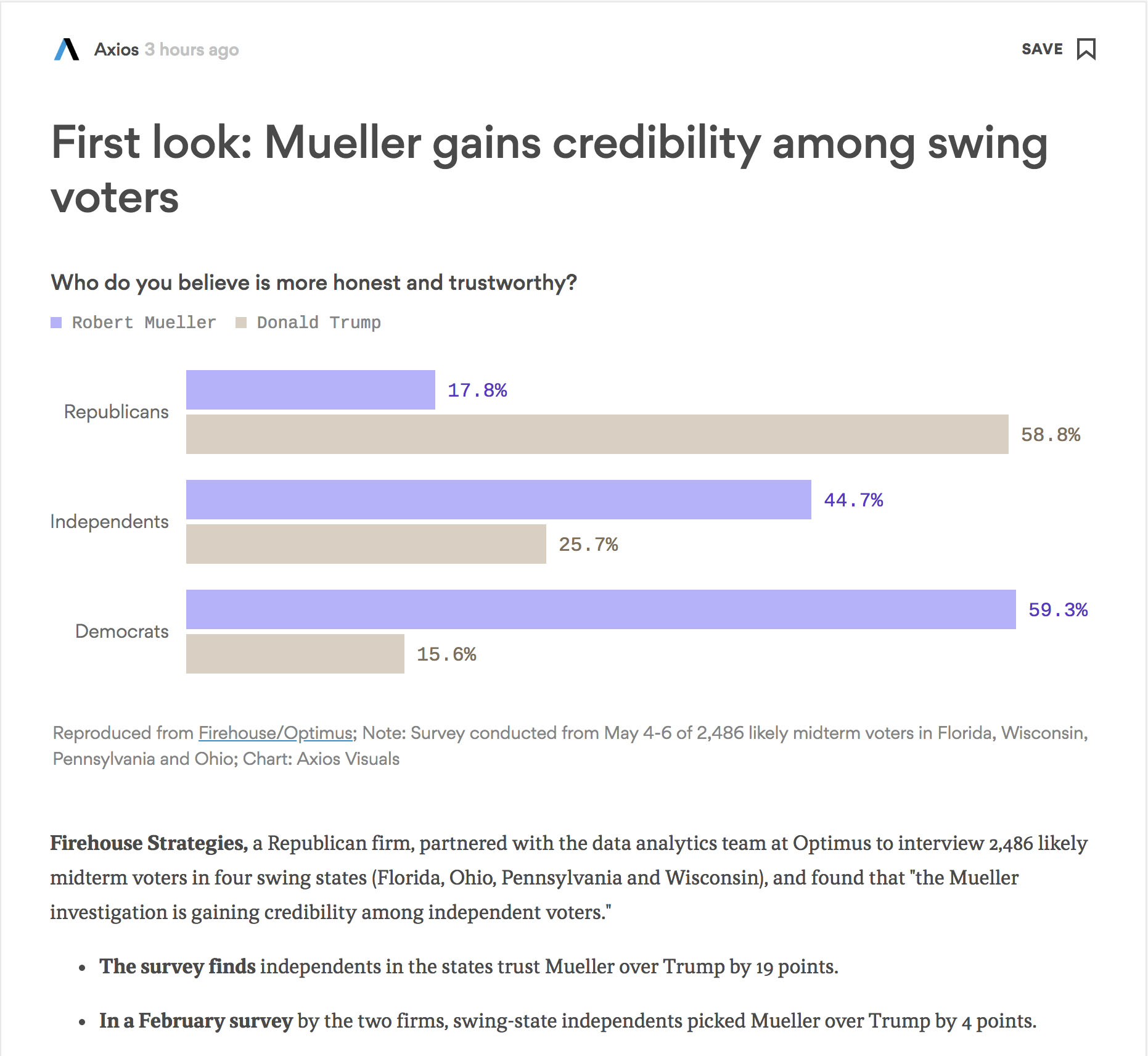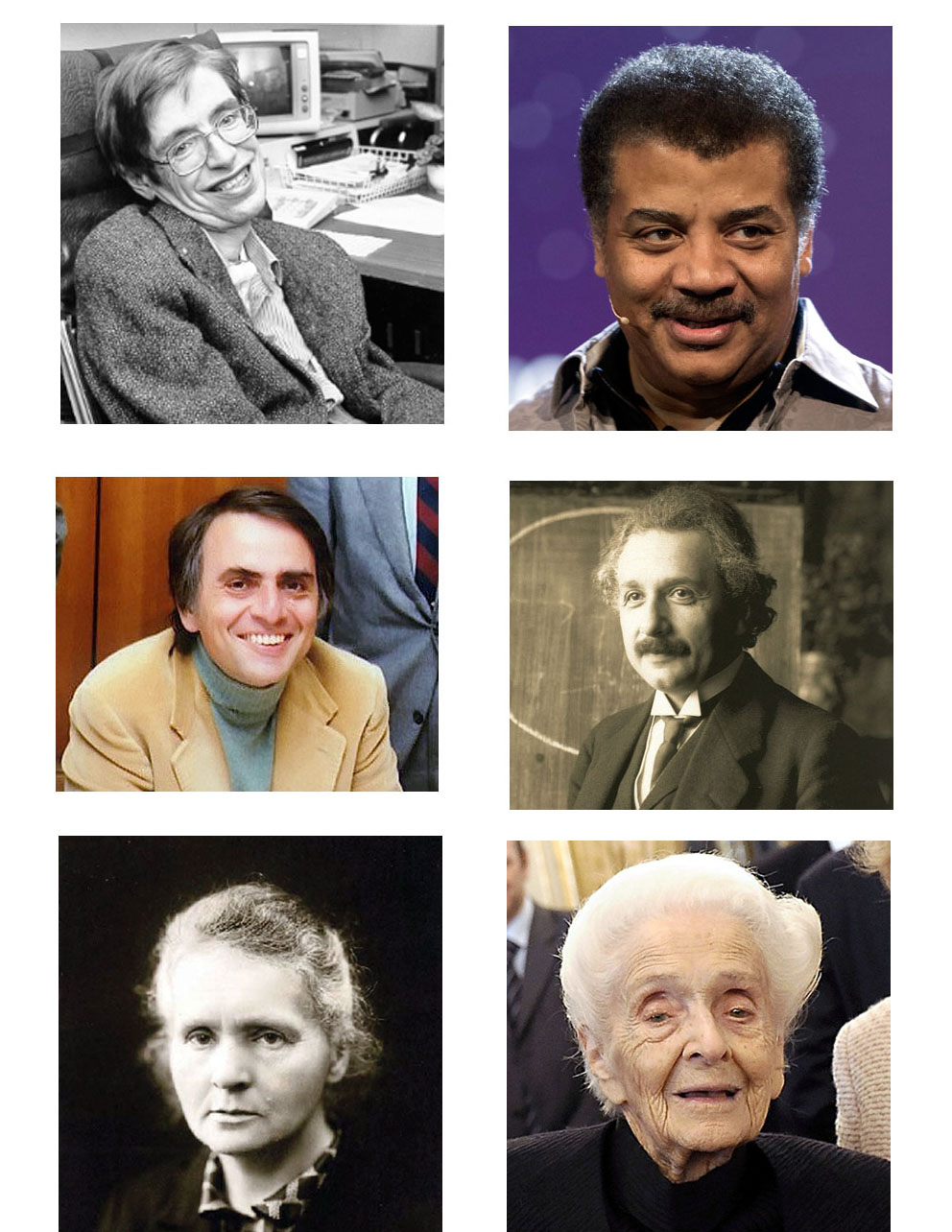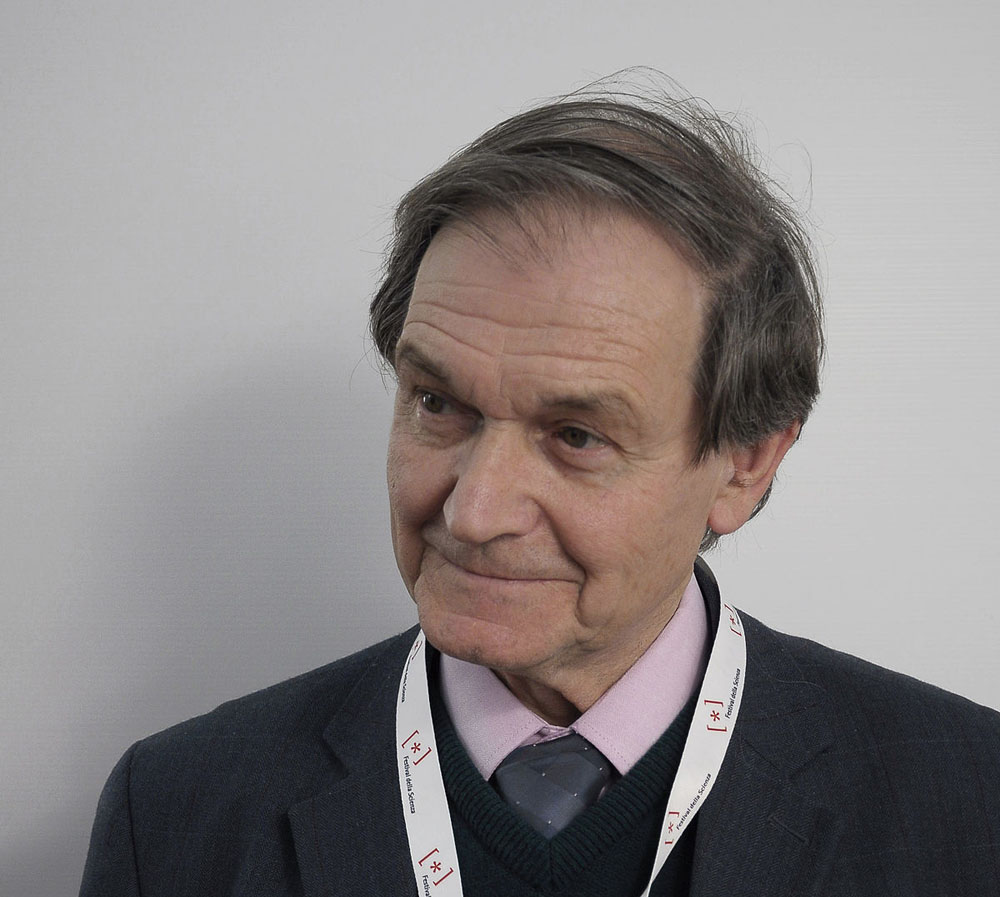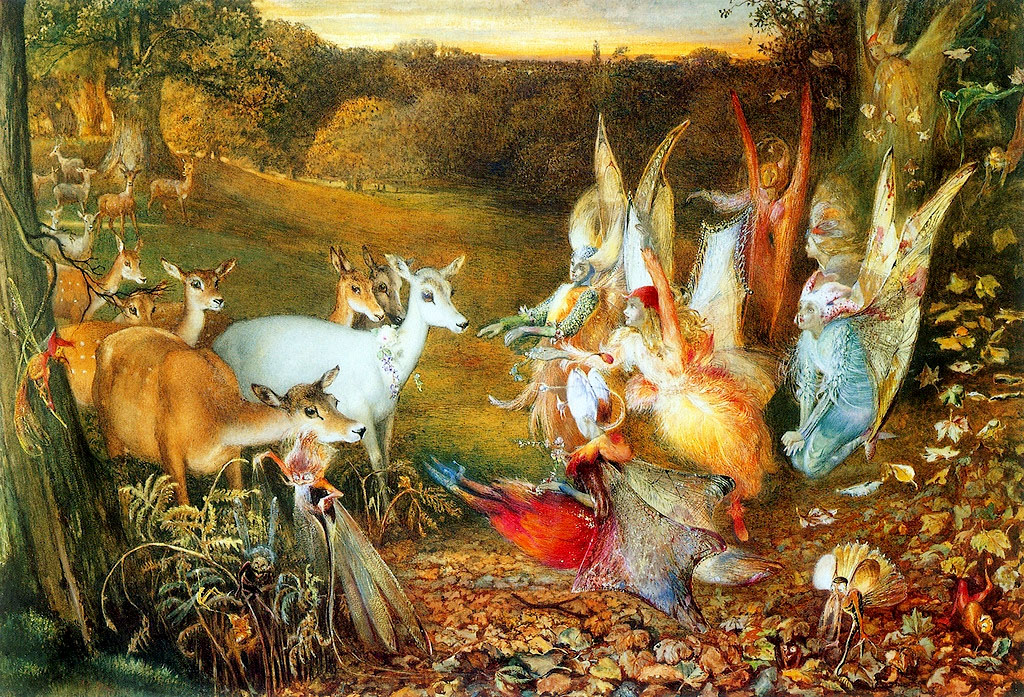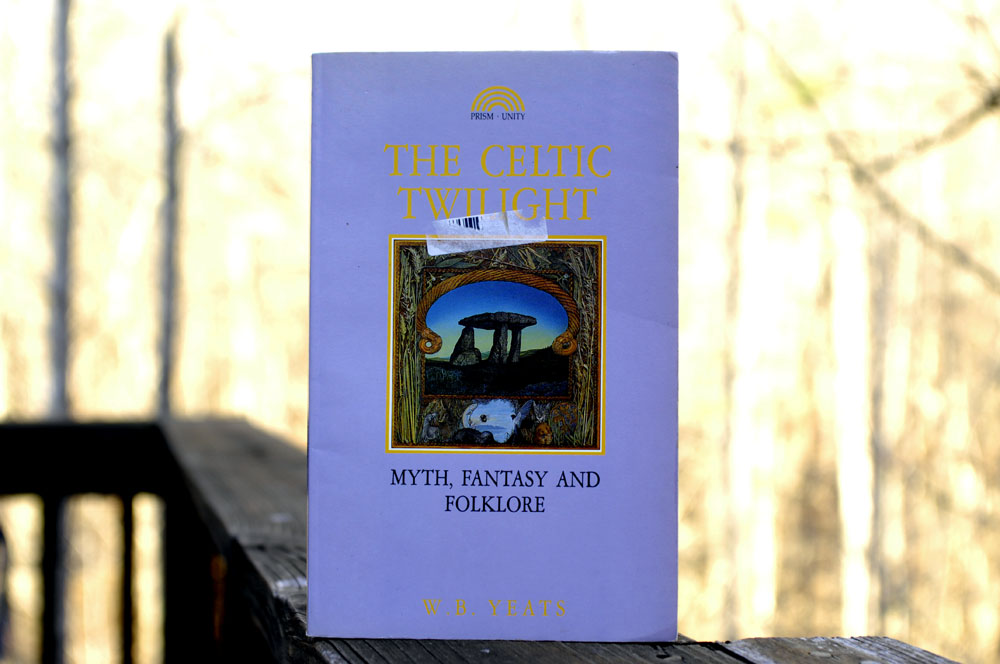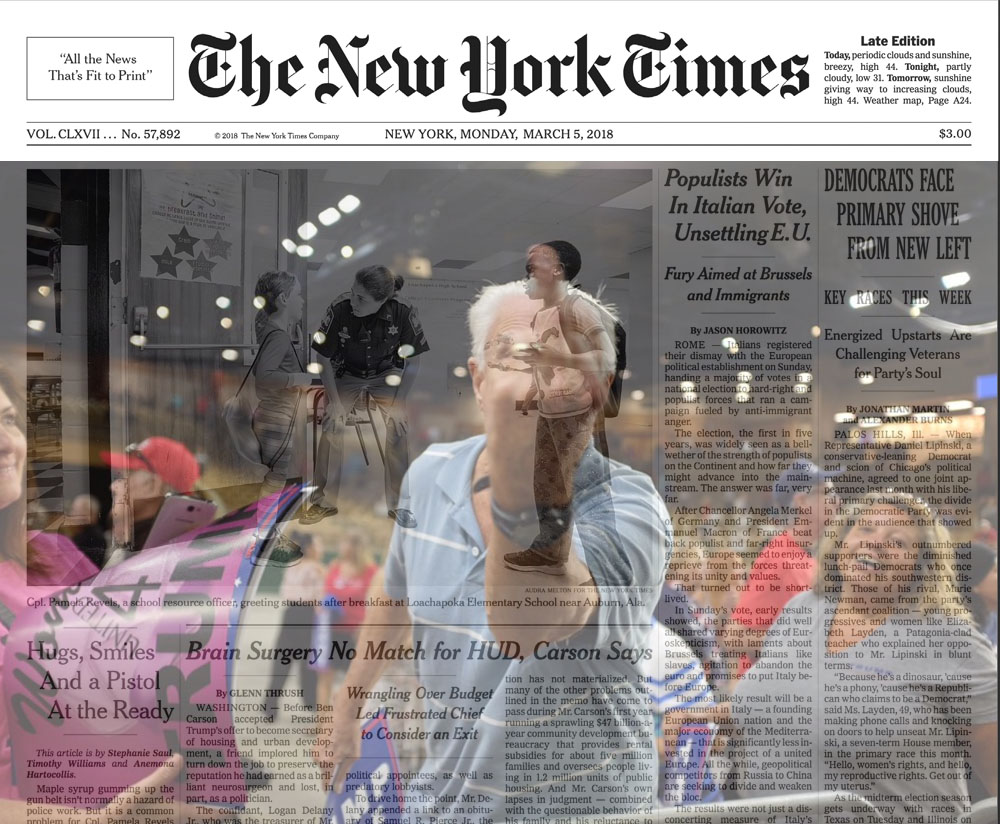
In my rather long lifetime, the depravity of the conservative mind has never been more on display than it is today. Never in my lifetime has conservatism been more aggressive or used viler tactics in its efforts to remake the world in its own repugnant image. We see it in the vilification of the poor, the glorification of the rich, the rejection of science, the carelessness about the state of our planet, the love of propaganda, the preference for tyrants in politics and bigots as preachers, the racism, the constant need for scapegoats, the irrational fears, the love of hatred.
Now conservatism is learning to be afraid its own children, because it is increasingly difficult to brainwash these values into the young.
Here are some words from Ted Nugent, a member of the board of the National Rifle Association: “The lies from these poor, mushy brained children who have been fed lies and parrot lies, I really feel sorry for them. It’s not only ignorant and dangerously stupid — it’s soulless… I’m afraid to say and it hurts me to say this, but the evidence is irrefutable: They have no soul.”
When I was a child during the Civil Rights era, it was African-Americans who were said by at least some conservatives to have no soul. Now it’s our children, if they dare to be disobedient. Conservatives are making great moral progress, aren’t they?
A group that calls itself United States Parents Involved in Education says: “Government K-12 schools are teaching politically biased social justice values.”
Justice, you see, is a dangerous thing to the conservative mind. Government has no business getting involved in justice. Justice is of no concern to young people. I’ll come back to the matter of justice in a second.
This is a moment in history when the smokes of Auschwitz and the vices of the authoritarian mind still linger in the air. We’re running out of time to call out conservatives for the depravity of their values. We still don’t understand quite how they did it, but they are back in power, in the U.S. and elsewhere. They are choosing as their leaders the type of person they always choose — psychopathic, belligerent miscreants who model everything that is worst about their obedient and fawning followers.
And yet we are being told that conservative values are just a matter of “moral diversity” and that conservative thinking deserves not just respect, but equal respect.
I have in mind, of course, Jonathan Haidt and his “moral foundations theory.” Insofar as Haidt’s theory is merely descriptive, I have no doubt that he’s right. The values most cherished by liberals, according to this theory, are justice, fairness, caring, and the avoidance of harm. Whereas the values most cherished by conservatives are obedience to authority, a respect for hierarchy, loyalty, purity, and the preservation of “in group” traditions.
Haidt, I believe, would deny it if challenged, but he has made it quite clear in his writing and his interviews that we should see liberal and conservative values as equally valid. Haidt is on the board of a well-intentioned organization called Better Angels. “Let’s depolarize America,” they say on their web page. The idea is to “bring together” liberals and conservatives and “have a dialogue.” This is supposed to promote understanding and harmony by helping us to see the other side’s underlying values.
Maybe that works for some people. But it doesn’t work for me.
What conservatives are saying about the activist students from Marjory Stoneman Douglas High School provides us with a clear example. To the conservative mind, the students are mushy brained, ignorant, dangerously stupid, and soulless. The moral error of these students, to the conservative mind, is a failure to be obedient to conservative authority. (Never mind that the students have the support of their own parents). The conservative mind even goes so far as to openly say that “social justice values” are wrong and dangerous and should not be taught, because to the conservative mind social justice is politically biased. “Government” schools are accused of teaching social justice; their private schools wouldn’t dare. To the conservative mind, obedience to conservative authority is more important than social justice. They demand that their children be just like them.
Notice also the telling nature of the many insults that conservatives threw at the children. Emma Gonzalez was called a “skinhead lesbian” by a Republican politician. That insult expresses the conservative value of purity, which is related to the conservative value of sacralization. That the insult might have done harm or was unfair was secondary. In-group purity and conformity come first.
As a liberal, I certainly recognize that there is a certain value in conservative values. Liberals obey the law, which is a form of authority. In fact we liberals have a sacralized attitude toward the rule of law. Liberals value loyalty — but loyalty doesn’t trump justice, nor does loyalty trump the law. To the liberal mind, justice, fairness, and caring are always primary. John Rawls based an entire theory of justice on “justice as fairness.”
I’m really getting very tired of being told (usually by the people I call radical centrists) that we liberals just don’t understand conservatives and that we are failing to “reach out” to them. But I understand conservatives very well. I have no need to reach out to them, because we couldn’t get away from them (or their propaganda) if we tried. As for radical centrists, I hold them partly responsible. Centrists, with their claim to superior, “nonpartisan” understanding, should have held the line against right-wing radicals rather than putting their fingers in their ears.
It was centrists who met the rise of right-wing radicalism with the notion of “balance.” Centrists insisted on a left-right symmetry that was never there. To preserve a superior status for centrism, they pretended that partisans on the left were just as bad as partisans on the right. After the 2016 election, some centrists partly came to their senses. But I’m still waiting for centrists to admit how wrong they’ve been and to tell us how they’re going to atone for it. I’m sorry, but “Better Angels” is just another attempt to make a big show of centrist virtue and to present centrism as the solution. Centrism is not the solution. It is part of the problem.
What I’m about to say is the sort of thing that horrifies radical centrists and anyone who believes that our polarization can be bridged by understanding. Notice also that we liberals are scolded for not understanding conservatives, but conservatives are never scolded for not understanding liberals. Frankly I don’t think that conservatives can understand liberals, because they just don’t have the neural wiring. They believe us to be what Rush Limbaugh says we are, so no wonder they hate us.
I understand conservative values. It’s easy to understand conservative values. But conservative values are secondary values. If secondary values become primary values, they become wrong and dangerous. I’ll go even further. Any mind than can value obedience to authority over justice, fairness, or caring is a mind that is diseased, a mind that is morally stunted.
The secondary values that conservatism makes primary (obedience to authority, say) may be very useful if you’re a church or an oligarch and you need for people to think and do as they’re told. The secondary values of conservatism (purity, say) may be very useful if you’re a white majority trying to preserve your privilege and your decaying culture against demands for justice and equality from people you don’t like. The secondary values of conservatism (sacralization, say) may be very useful if your ossified beliefs are incompatible with science and the exigencies of the modern world, but you simply don’t have the wiring to modify those beliefs.
Any world that is fit to live in will put justice, fairness, and caring first. Those are the values that are the keys to human progress. That is what Theodore Parker and Martin Luther King called the arc of justice. At every turn, conservatives and their values have sought to block the arc of justice, and they have called that virtue.
I will not be told that it is wrong of me not to respect the moral values of conservatives. The opposite is true. The misplaced moral values of conservatives are to be condemned. Conservatives can practice their moral values in private all they want (though I pity their children). But once conservatives bring their stunted values into public affairs, then people like me acquire a moral burden. That moral burden is to tell conservatives (it may be necessary to be rude) where they can go, and what they can do with their moral values.
Update 1: Further reading, from an academic.
Update 2: This piece by Thomas B. Edsall in the New York Times appeared after I wrote this post. Edsall’s piece is a survey of academic literature on the rise of authoritarianism and the relation to Trump. Edsall writes:
“If an aggressive, domineering authoritarianism is a prime motivator for many Trump supporters, as Smith and Hanley contend, the clash between Republicans and Democrats is likely to become more hostile and warlike.”
Indeed. Count me among those who will not silently and passively sit on the sidelines while an aggressive, domineering authoritarianism tries to see what it can get away with.
Update 3: Madeline Albright in the New York Times: Fascism poses a more serious threat now than at any time since the end of World War II
Update 4: Ted Nugent says Democrats should be shot like coyotes






